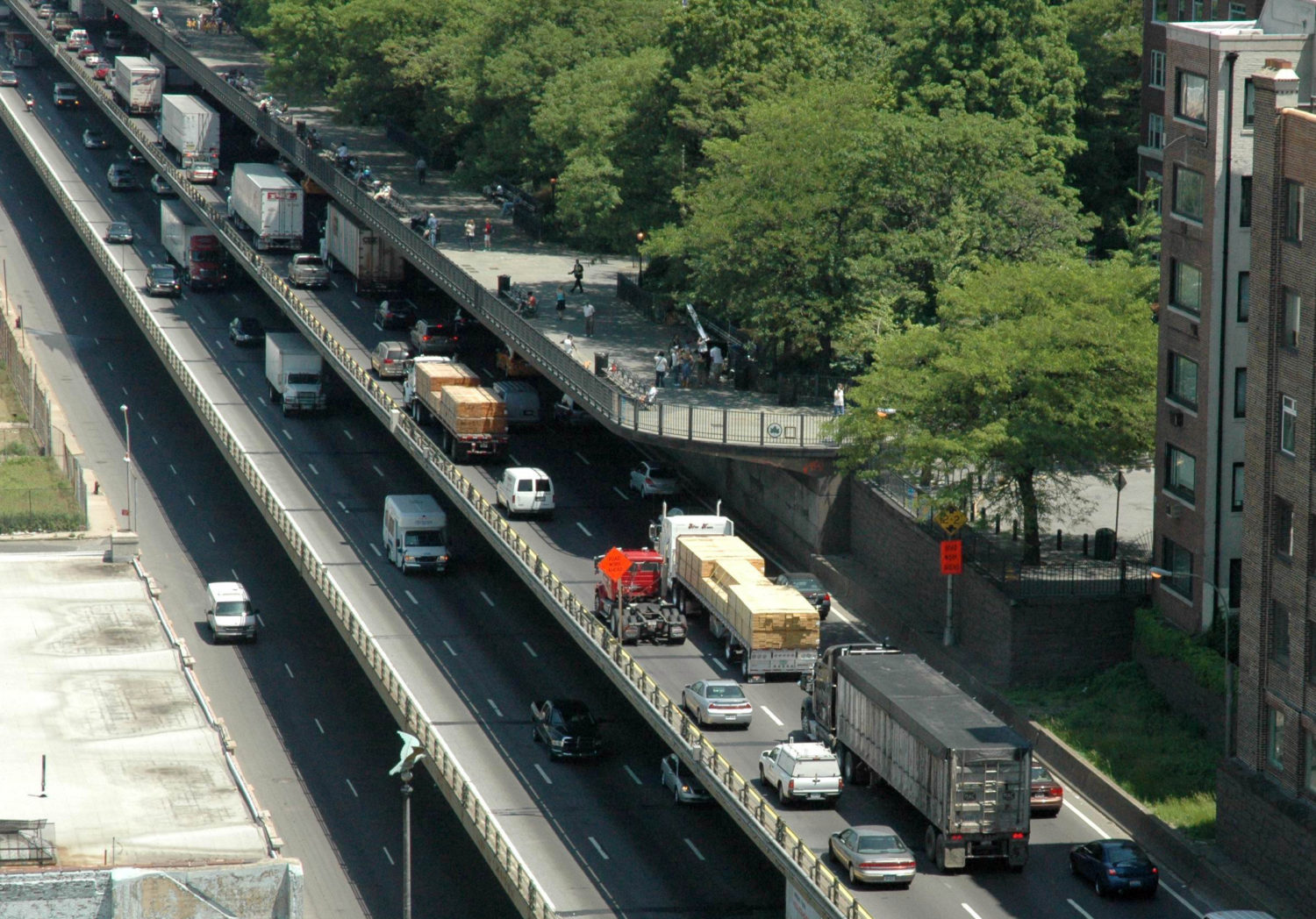The BQE rehab: All seven plans, explained

A section of the BQE from Sands Street to Atlantic Avenue is so decrepit it needs to be replaced before 2026, or tens of thousands of trucks daily will be rerouted through Brooklyn’s residential streets. This 1.5-mile section of interstate runs along the two lower levels of the triple cantilever supporting the Brooklyn Heights Promenade.
The city’s Department of Transportation came up with two proposals. The one it prefers, backed by Mayor Bill de Blasio, was so shocking to local residents that protests were held in the streets, lawsuits were threatened and civic groups, private citizens and officials came forward with their own alternative plans.
As it stands now, besides the city’s two proposals, five alternate BQE renovation plans have come out of the woodwork. Last week, Mayor Bill de Blasio announced the creation of a BQE panel, chaired by Carlo Scissura, to study all incoming proposals and make recommendations.

Brooklyn Heights
View MoreRead the Brooklyn Height's Press and Cobble Hill News. Find out more about Brooklyn Height's History here.